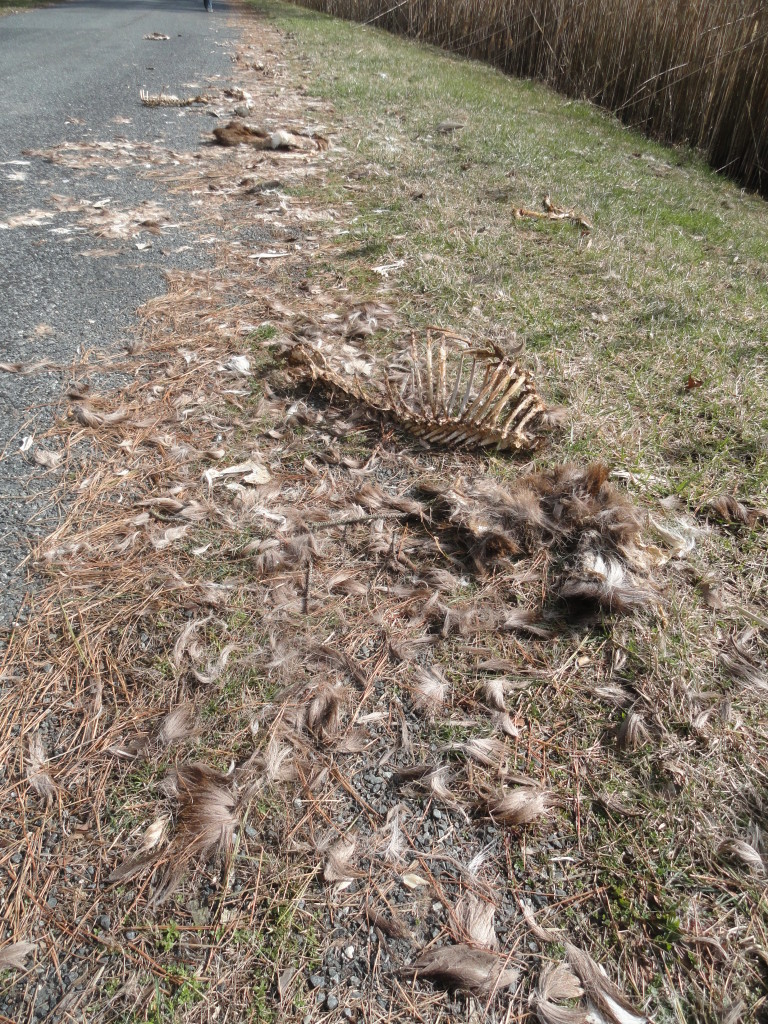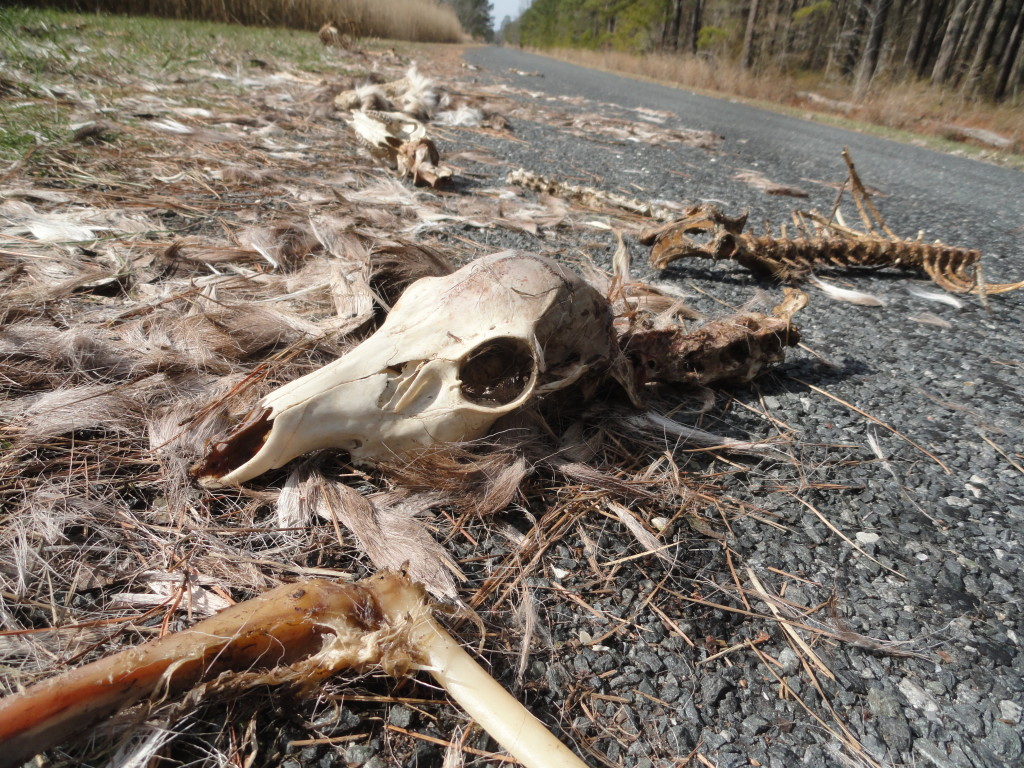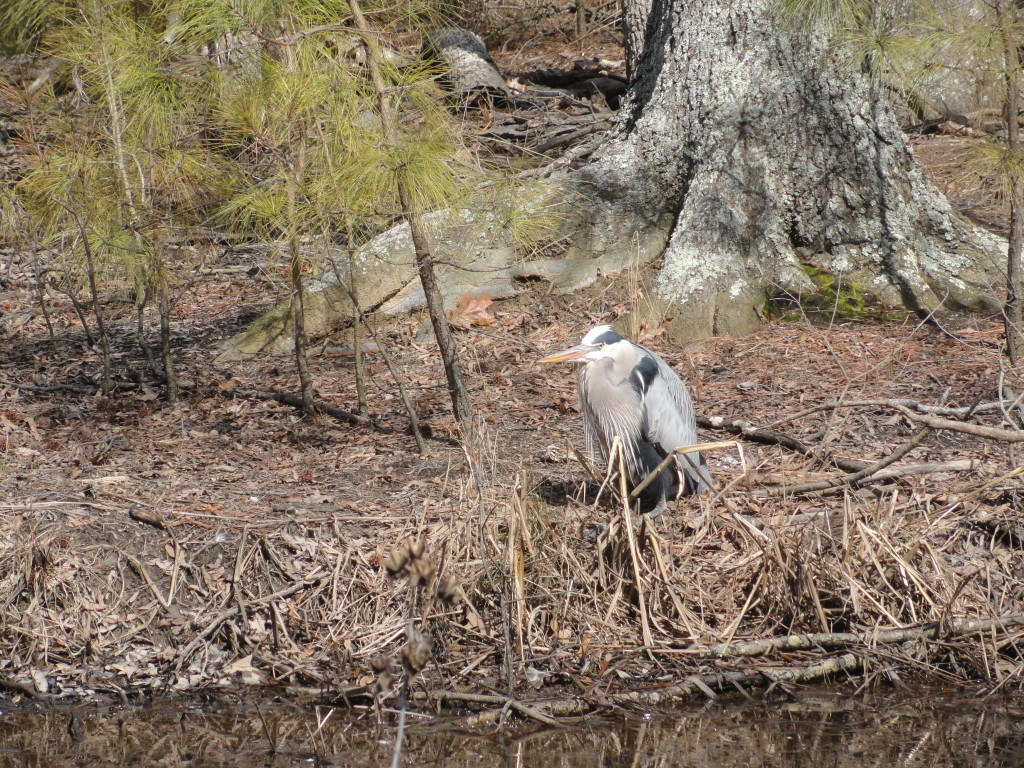 Last week we took a look at how climate scientists can communicate the science to scientists in other fields. That was Part 1 of a three-part series on how to communicate climate science to all three target audiences – other scientists, policy-makers, and the public.Today in Part 2 we’ll look at how scientists can communicate with policy-makers.
Last week we took a look at how climate scientists can communicate the science to scientists in other fields. That was Part 1 of a three-part series on how to communicate climate science to all three target audiences – other scientists, policy-makers, and the public.Today in Part 2 we’ll look at how scientists can communicate with policy-makers.
Why this is so important should be self-evident. Policy-makers – Congressmen, Presidents, Executive Agencies (like EPA), and their equivalents at state and international levels – are the ones charged with determining the correct policies needed to address the unequivocal science of man-made climate change. Sure, virtually all the candidates from a particular party who want to be president have offered up various versions of denying the science and/or have argued no action is necessary, but the fact is the science is so unequivocal that even that particular party will have to take action. So how do scientists adequately communicate the science to these policy-makers and policy-maker wannabes?
Obviously this starts with having a clear understanding of the science, something we’ve talked about in previous posts. Let’s assume that’s the case. Here are some things that climate scientists can do in an effort to reach out to policy-makers:
1) Write white papers: But keep them short, preferably bullet points. Despite the conventional wisdom, policy-makers are busy people who spend many hours keeping up with debates with colleagues on the Hill (for example) while maintaining contact with constituents back home (not to mention all those fundraisers with lobbyists and supporters). They are not going to be reading any actual scientific literature, nor would they likely understand it if they tried. [Note: by “they,” I mean their staffs.] So write shorter white papers, again with a lot of white paper and bullet points, that succinctly summarize the main points and gist of the science. As much as you think policy-makers need the details, they don’t. All they need are the basics so that they can grasp the unequivocal nature of the data and conclusions.
One caveat on this point. Some policy-makers, e.g., regulators or science-trained legislators, will want more detail and will ask tons of pertinent questions. When you find one of these by all means be ready to devote significant effort to accurately and clearly keep them informed of the science. As I write this the name Sheldon Whitehouse, Senator (D-RI) immediately pops into mind.
[Continue reading Items 2 though 5 at The Dake Page]
The above is a partial cross-post of a full article on The Dake Page. Please click on the link above to read further. Thanks.
David J. Kent is a science traveler and the author of Lincoln: The Man Who Saved America, in Barnes and Noble stores now. His previous books include Tesla: The Wizard of Electricity (2013) and Edison: The Inventor of the Modern World (2016) and two e-books: Nikola Tesla: Renewable Energy Ahead of Its Time and Abraham Lincoln and Nikola Tesla: Connected by Fate.
Check out my Goodreads author page. While you’re at it, “Like” my Facebook author page for more updates!





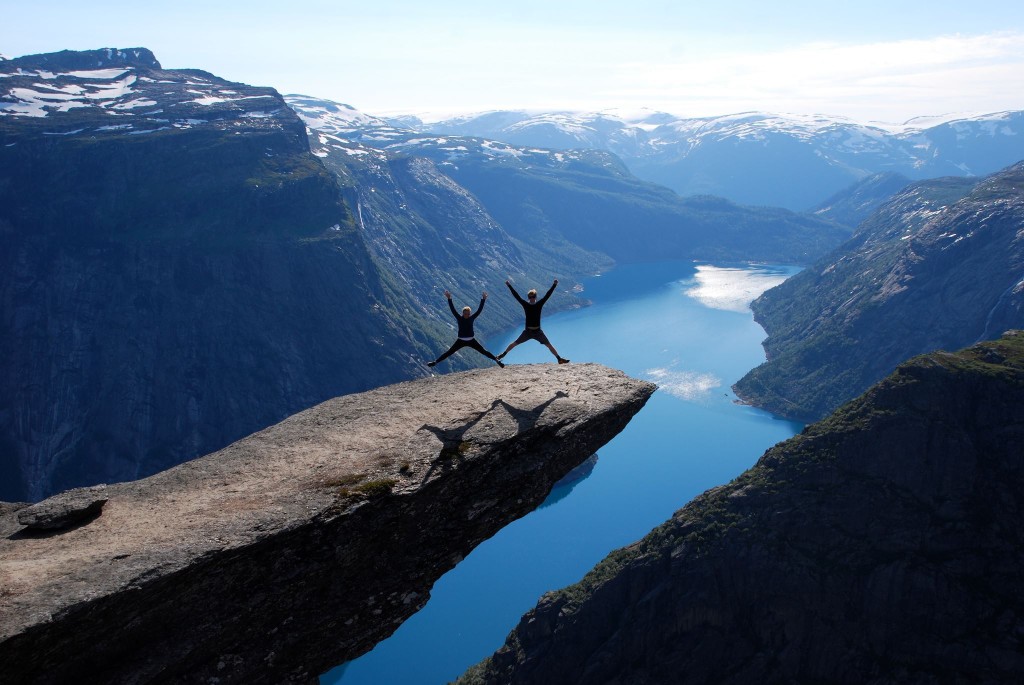
 I’ve heard it a million times: “I can’t find time to write.” Often, that was me speaking. To some extent it still is me, though it lacks the credibility it had back when I was working a full-time consulting job (with commute). Somehow even with the consulting long in the past I’ve still managed to fill my daily calendar with activities that keep me “too busy to write.” The first part is a good thing; I suspect it will be many years before I get bored. The second part is getting harder and harder to say with a straight face.
I’ve heard it a million times: “I can’t find time to write.” Often, that was me speaking. To some extent it still is me, though it lacks the credibility it had back when I was working a full-time consulting job (with commute). Somehow even with the consulting long in the past I’ve still managed to fill my daily calendar with activities that keep me “too busy to write.” The first part is a good thing; I suspect it will be many years before I get bored. The second part is getting harder and harder to say with a straight face.
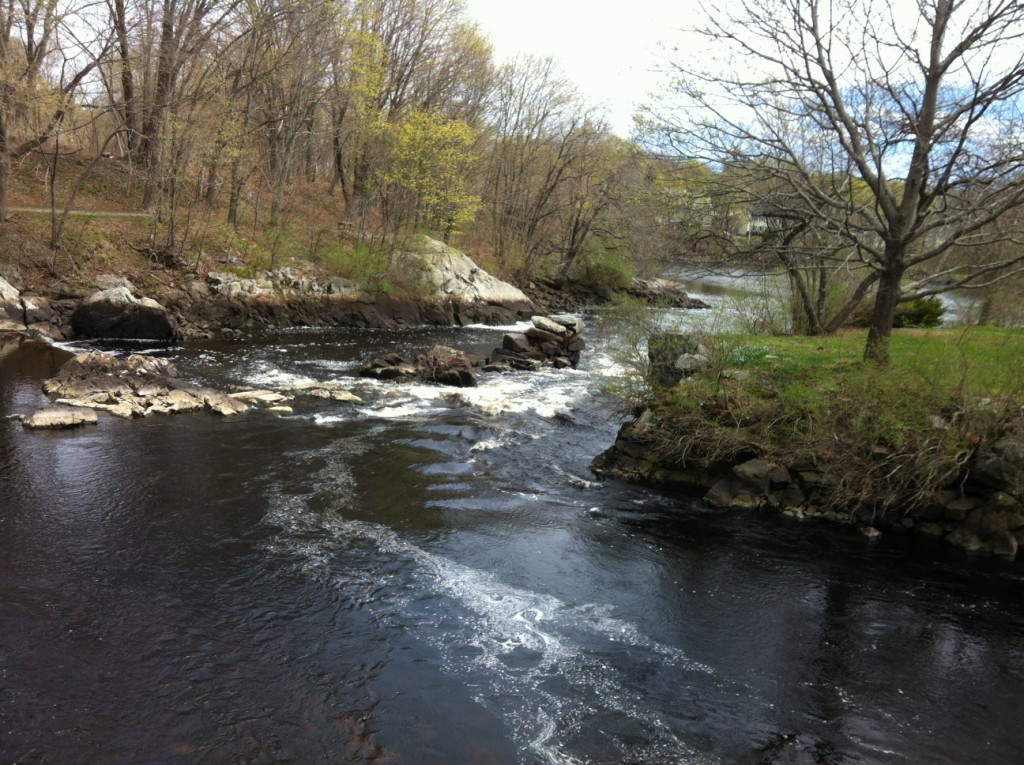
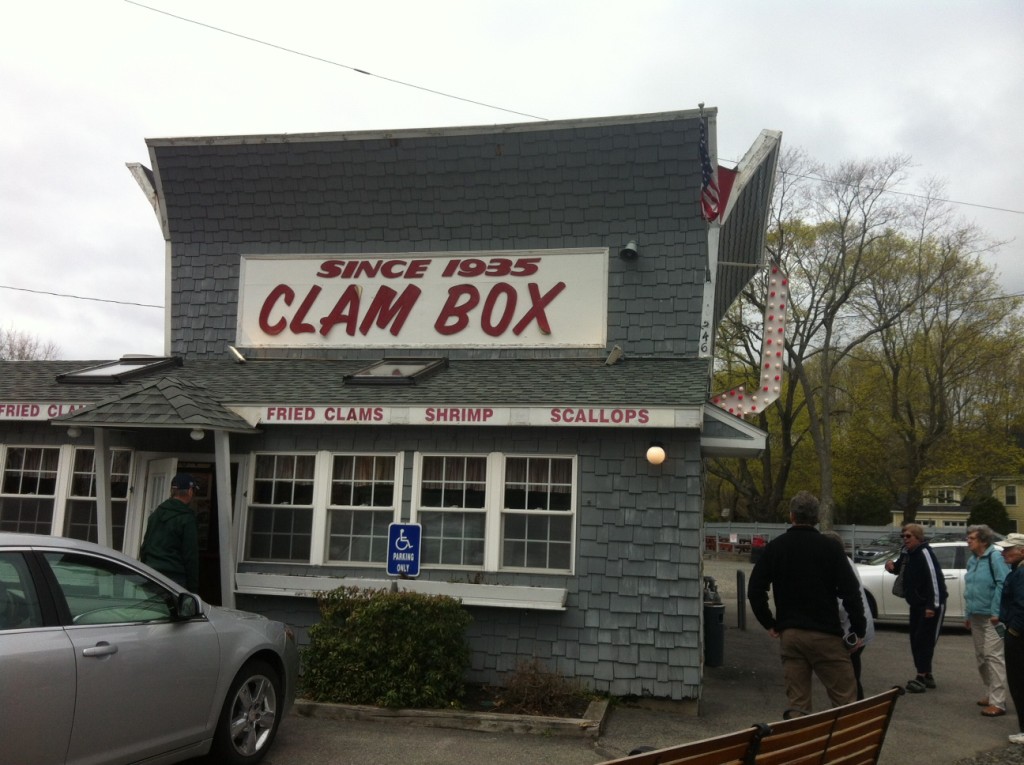

 On
On 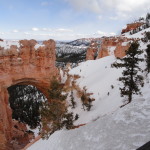 On
On 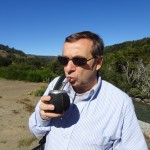 And here on
And here on 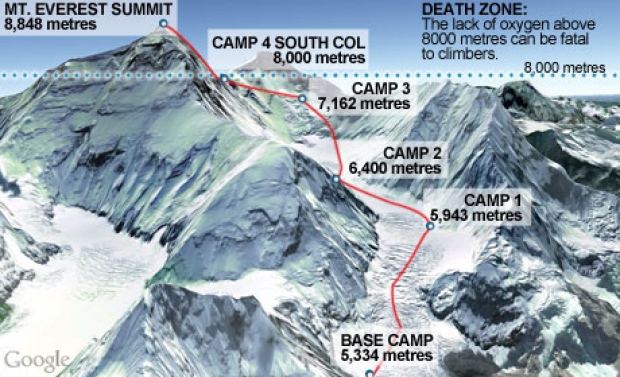
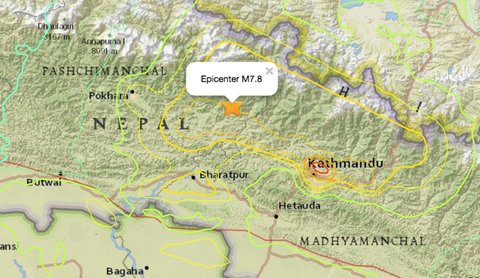
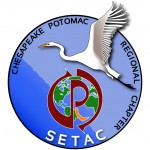 The following is a cross-posting from the Chesapeake-Potomac Regional Chapter of SETAC.
The following is a cross-posting from the Chesapeake-Potomac Regional Chapter of SETAC. 
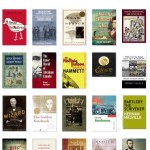 While Thomas Edison slowly comes to life on the pages of my book in progress for Sterling Publishing, we’ve seen a “whole lotta writin’ goin on” (with apologies to
While Thomas Edison slowly comes to life on the pages of my book in progress for Sterling Publishing, we’ve seen a “whole lotta writin’ goin on” (with apologies to 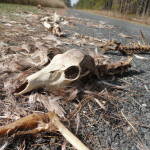 We’ve seen skeletons here on Science Traveler since the last update.
We’ve seen skeletons here on Science Traveler since the last update.  Over on Hot White Snow were two creative writing pieces.
Over on Hot White Snow were two creative writing pieces. 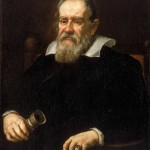 On the serious side, The Dake Page offered a review of the Pulitzer Prize-winning book
On the serious side, The Dake Page offered a review of the Pulitzer Prize-winning book 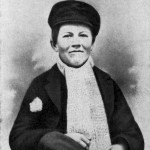 Now back to Thomas Edison. Did you know that as a child he was actually called “Little Al?” Or that he was a teenage “news butch” on a train (not quite a teenage werewolf in Paris)? Or that his deafness started at an early age? Stay tuned as Little Al grows up into “The Wizard of Menlo Park” (even though he wasn’t in Menlo Park very long).
Now back to Thomas Edison. Did you know that as a child he was actually called “Little Al?” Or that he was a teenage “news butch” on a train (not quite a teenage werewolf in Paris)? Or that his deafness started at an early age? Stay tuned as Little Al grows up into “The Wizard of Menlo Park” (even though he wasn’t in Menlo Park very long).